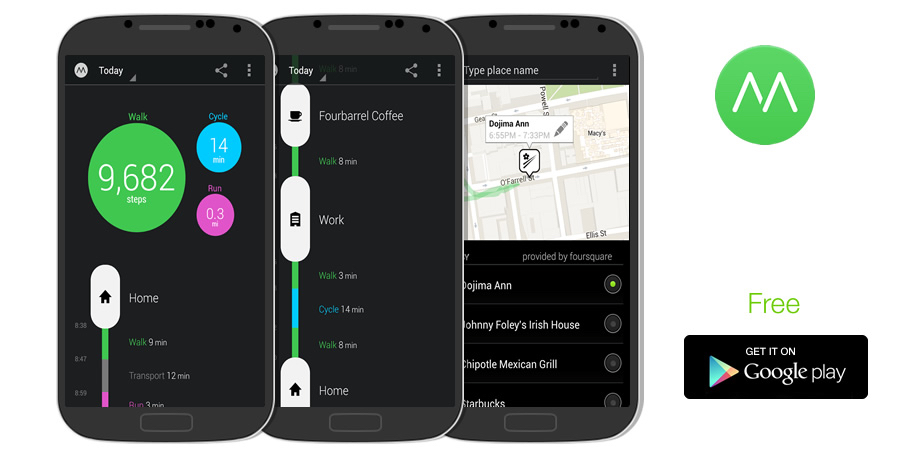I guess we’re a bit late to the entire home gym revolution during COVID times phenomenon. I actually had signed up for unlimited access to the mini-gym set up at the office building before the pandemic, and made a real effort to show up at least 1× or 2× a week to put time on the ellipticals. All those gym memberships transitioned to home equipment once the lockdowns started, with Peloton famously overwhelmed by demand and running out of bikes to sell—only to then underachieve when the economy looked to be opening up last summer and again prior to the pre-Omnicron wave.
Anyway, a year into the COVID lockdowns and realizing that maybe it was too easy to walk from the home office the kitchen for snacks, we decided to motivate ourselves with some home gym equipment. Now, there is a long history of heavy, large pieces of workout gear that gets used a handful of times initially, only to gather dust and take up space in the corner, before getting inevitably carted out to the next garage sale to be repackaged for the next home workout enthusiast. What Peloton has pioneered is attaching their bikes and treadmills to a monthly subscription; which, along with the ability to split payments across multiple years1, reframes the equipment has a gym membership replacement, not simply a piece of movable furniture. And like gyms, there’s at least some driver of momentum of use, just to make the monthly subscription worth its price.
We ended up with a NordicTrack FreeStride elliptical and a Tonal training machine, the former for cardio exercises and the latter for resistance training. They’re big, heavy pieces of machinery with metal frames and belts and magnetically-activated tension cables that look and feel mostly like the home gym equipment of old, save for the additional LCD screen that’s now mounted to these systems.
And that’s really where the subscriptions come in. The hardware can usually be run standalone, but all of the trainer workouts and scenic rides are only accessible with a paid membership. Tonal has their own courses tailored to their workout equipment, but NordicTrack uses iFit, which is a set of pan-fitness classes across multiple types of gym equipment and brands and is even offered as a standalone app. I will credit Peloton for really setting the standard here with their live classes and motivational trainers; these other programs seem similar in style and tone.
But of course, for all the claims that these trainers are able provide an endless source of inspiration along with entertainment, I’m already noticing some of their repetitive nature2. For Tonal and other mirror-like workout programs, the videos repeat the same motion in a loop, edited to cut from different angles so it seems like the trainers are following along. Rides and runs are better in that they show off scenic locales, but there’s a limited set (at least on iFit), and the service is slow to update its content. After the 4th beach run I decided to prop my own iPad on top of the screen3.
It is nice to be able to get in a jog with the more-than-usual amount of rain in the Bay Area this winter, and the Tonal resistance training has added novelty to that routine as well. But as we’re still relatively new to the home gym game, I can’t say for certain that the addition of subscription and trainer videos is enough to keep the equipment in use for the years to come—though they certainly charge the user with that assumption in mind.
Yes, one can argue that pretty much all workouts are repetitive by design.↩
Although the elliptical runs a modified version of Android, NordicTrack has recently locked it down more and is actively looking to prevent their users from installing other apps, or accessing a web browser.↩


